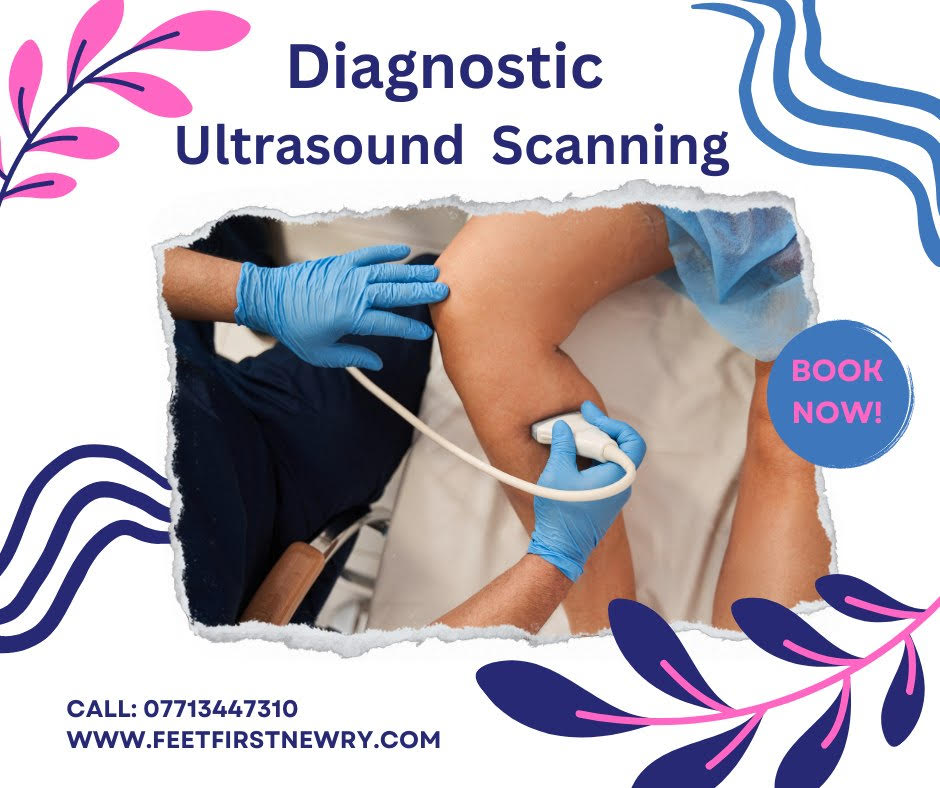Diagnostic ultrasound is becoming an increasingly popular imaging modality for evaluating musculoskeletal conditions of the lower limb. It provides a non-invasive, low-cost, and real-time imaging option that can help diagnose various pathologies affecting the lower extremity, including tendinopathy, ligament sprains, muscle strains, and nerve entrapment syndromes.
One of the main advantages of ultrasound is its ability to differentiate between different types of soft tissue structures. It can provide a detailed view of tendons, ligaments, muscles, and nerves, allowing for accurate diagnosis of injuries or abnormalities. Ultrasound can also be used to monitor the progression of healing and response to treatment.
For example, in cases of Achilles tendinopathy, ultrasound can identify tendon thickening and tears, which are all crucial factors in determining the severity of the injury and guiding treatment decisions. Similarly, in cases of nerve entrapment syndromes, ultrasound can identify the location and severity of the entrapment, which can guide the use of corticosteroid injections or surgical intervention.
In addition, ultrasound can be used to guide minimally invasive procedures, such as ultrasound guided steroid injection or Ostenil injections for painful osteoarthritic joints.
In conclusion, diagnostic ultrasound plays a crucial role in confirming the diagnosis of lower limb musculoskeletal conditions. Its ability to provide real-time imaging, differentiate between different types of soft tissue structures, and guide minimally invasive procedures make it an invaluable tool for assessing and treating lower limb injuries
;)
Featured Service
A Medical Pedicure is a specialised procedure performed by a podiatrist.
Want to find out more about our services or book an appointment?